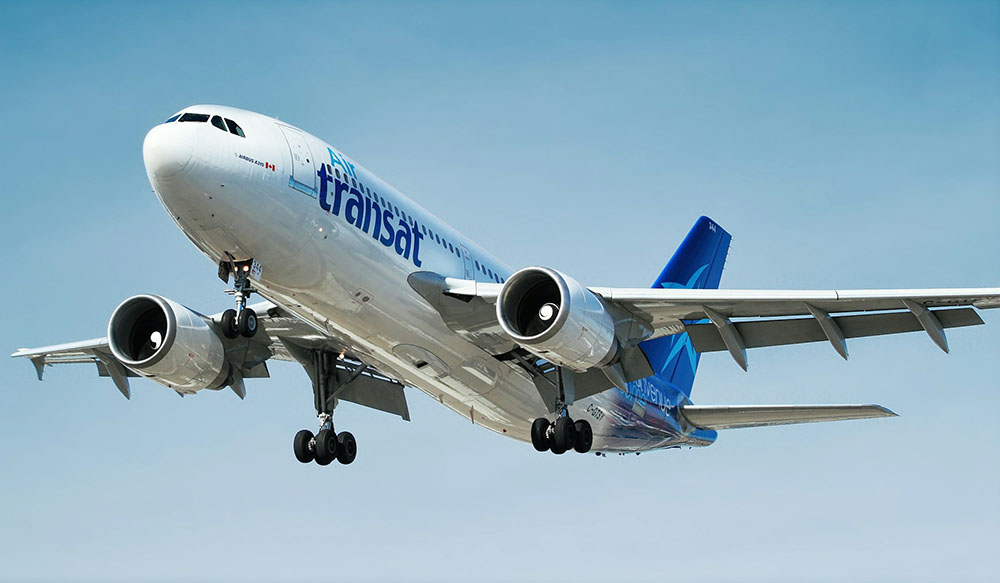
In the early days of commercial aviation, stepping onto a plane carried a sense of adventure — and a touch of risk. Black‑and‑white photos show passengers boarding propeller aircraft in their Sunday best, trusting both pilot and machine to carry them safely across a continent or an ocean. Back then, safety innovations were still finding their footing, and mechanical issues could ground a flight for days.
Fast‑forward to today, and the numbers tell a different story: air travel has become one of the safest ways to move across the globe. The transformation didn’t happen by accident — it’s the product of decades of engineering breakthroughs, rigorous testing, and lessons learned from every incident in aviation history. Some aircraft have risen above the rest, setting new benchmarks for reliability and safety in the modern era.
Boeing 787 Dreamliner — The Modern Marvel
When the Dreamliner entered service in 2011, it wasn’t just another new jet — it was a leap forward. Built with lightweight composite materials, it brought better fuel efficiency, but its reputation rests on something more important: until 2025, it had no fatal accidents on record. With advanced avionics, multiple backup systems, and real‑time health monitoring, it gives pilots the tools to spot and solve problems before they become serious. Even its lower‑altitude cabin pressurization, designed for comfort, contributes indirectly to passenger well‑being.
Airbus A350 — The Quiet Giant
Since its first commercial flight in 2015, the A350 has built an unblemished safety record. Beneath its elegant design is a focus on helping pilots avoid mistakes, thanks to advanced fly‑by‑wire controls and intuitive cockpit layouts. The aircraft can “think with” its crew, lightening mental workload during takeoff, landing, or emergencies. It’s quiet in the cabin, but just as notably, it’s quiet in the safety statistics.
Boeing 717 — The Unsung Hero
No longer in production, but still loved by those who fly and maintain it, the 717 reminds us that sometimes simplicity wins. With its straightforward systems, dependable mechanics, and spotless safety history, it served regional carriers faithfully for years. For short‑haul operations, it was as steady and reliable as a seasoned bus route.
Airbus A340 — The Long‑Haul Legend
In the age before extended twin‑engine flights dominated, the A340’s four‑engine design was a statement: built‑in redundancy for the longest, most remote routes. Across millions of flight hours, it hasn’t recorded a single fatal accident — an extraordinary feat for an intercontinental workhorse.
Embraer ERJ Series — Regional Reliability
For shorter routes, Embraer’s ERJ series has been a quiet constant in skies around the world. Efficient, straightforward to maintain, and backed by strong pilot training programs, these jets have carved out a reputation for dependable service with minimal serious incidents.
What Makes “Safe” Possible
From redundant systems to pilot‑friendly controls, the safest aircraft share common DNA:
- Layered backup systems so one failure doesn’t cascade
- Advanced monitoring that flags trouble early
- Ease of maintenance to keep aircraft in top condition
- Strong training ecosystems that prepare pilots for the unexpected
- A proven operational history built over millions of hours in the air
If the early jet age was about proving we could fly far and fast, today is about proving we can do it with remarkable consistency and safety. The Boeing 787, Airbus A350, and their peers aren’t just machines — they’re milestones in a century‑long journey toward making the skies not only accessible, but trustworthy.
And perhaps, decades from now, today’s passengers will look back at these models the way we now look at the pioneers of flight: as symbols of an era when technology and safety truly came into their own.
Top 8 Safest Aircraft Models in the World (as of 2025),What flights have you taken?
